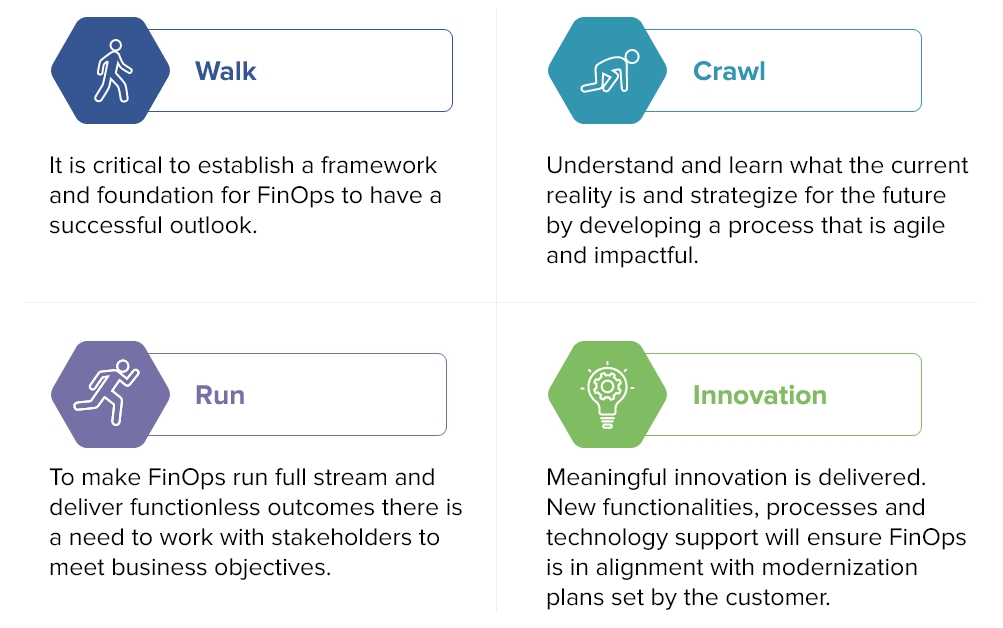Organizations often begin migrating applications to the cloud believing that doing so will save money on IT expenditures such as data centers. While cloud migrations can help reduce costs and deliver value, they require careful management of cloud expenses focusing on what will work for the business now and down the line. By incorporating FinOps into a cloud economics strategy, companies can increase transparency to improve the management of cloud costs and expenses. FinOps also provides a strategic framework that supports stronger cloud financial management, helping businesses go from moving to the cloud to running in the cloud.
What Is FinOps?
FinOps, a portmanteau of “finance” and “DevOps,” is an approach to cloud financial management that aims to maximize the business value of cloud programs through close collaboration of finance, IT and business teams. The decentralized nature of consumption-based cloud programs can make them difficult to manage across an organization. Spending can vary by business function. So can reporting.
FinOps aims to address these challenges by bringing cloud finance management under the control of a centralized FinOps team of leaders from IT, finance, business, and even executive functions. This cross-functional team helps increase visibility into cloud spending throughout the organization, align the various functional areas around shared cloud finance goals, and empower teams to take the necessary actions to achieve those goals.
How Does FinOps Do This?
After the FinOps team aligns on the cloud finance goals of the business, they set about building the capabilities necessary to achieve those goals, using three guiding principles:
1. Identify
Relay all necessary information to the stakeholders so they can make informed decisions about cloud usage.
2. Optimize
Look for opportunities to reduce spending and increase savings.
3. Operate
Continuously monitor performance, evaluate the progress of business objectives, and look for new ways to improve.
Capabilities include cost allocation, budget management, data analysis and show back, and managing anomalies or unexpected costs. The FinOps team works together, or with a strategic partner, to identify what capabilities will deliver the most value. Whether that’s advancing their goals, reducing spending, or reinvesting in other areas, information is gathered and analyzed to determine the changes with the greatest potential value (what’s necessary, the potential impact, etc.) and then enact those changes and monitor the progress.
These stages are not linear, meaning an organization can be in multiple stages at once. The intent of the FinOps process is repetition. The more businesses implement changes, evaluate those changes, and refine their operations, the stronger and more mature their cloud program will be.
How to Build a Mature FinOps Practice
FinOps follows the crawl, walk, run approach, designed to encourage small, focused efforts that gradually expand in scope and complexity as the program matures. This strategy helps FinOps teams trace the true impact of their efforts and assess what additional actions might be necessary.
 Locations
Locations




